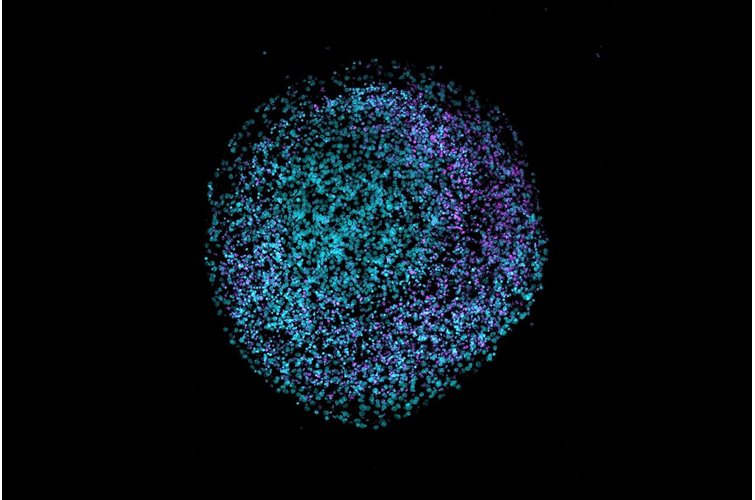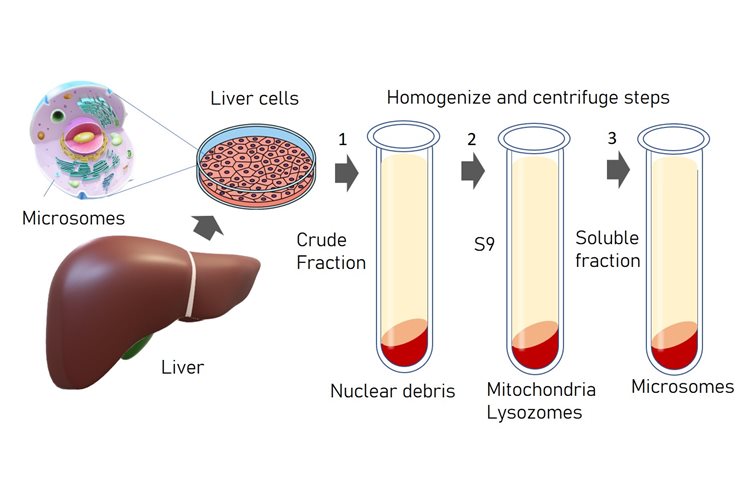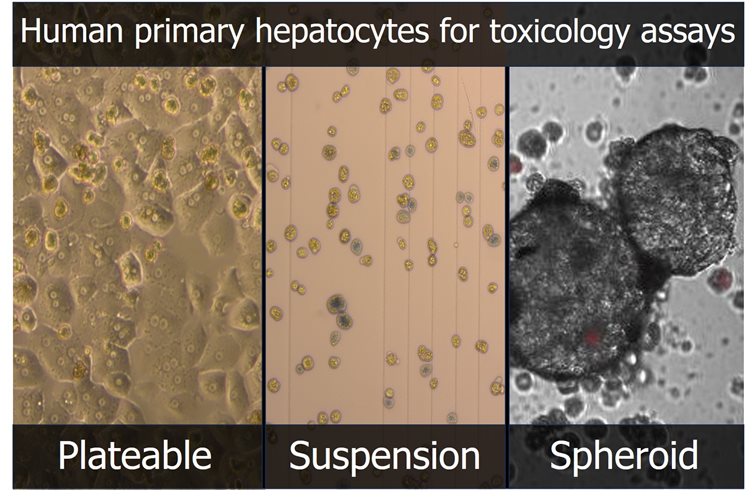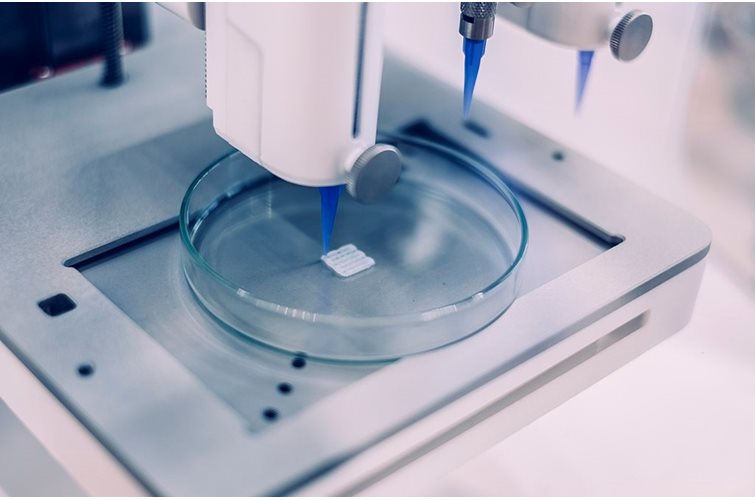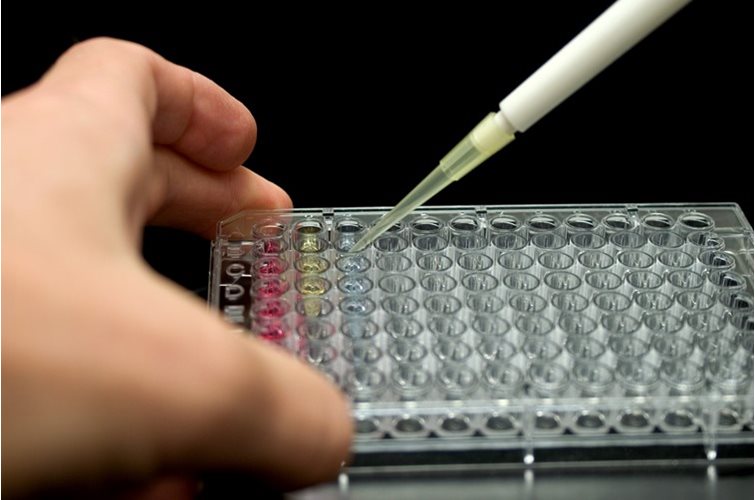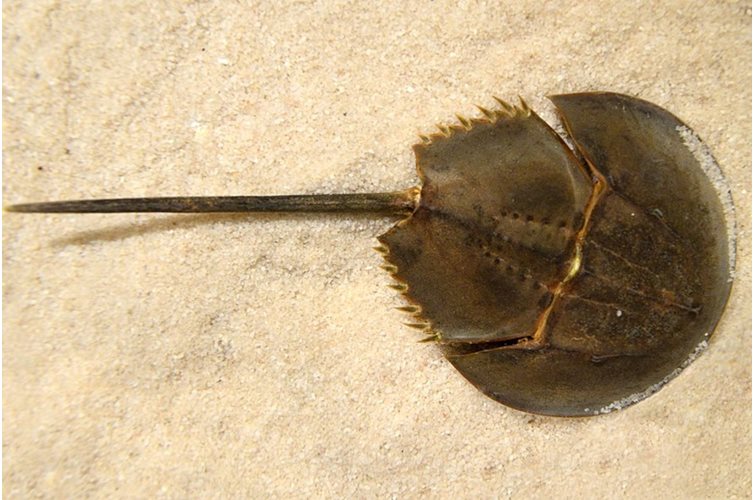3Rs: Tiny amounts of Matrigel sufficient for mammary epithelial cell organoids
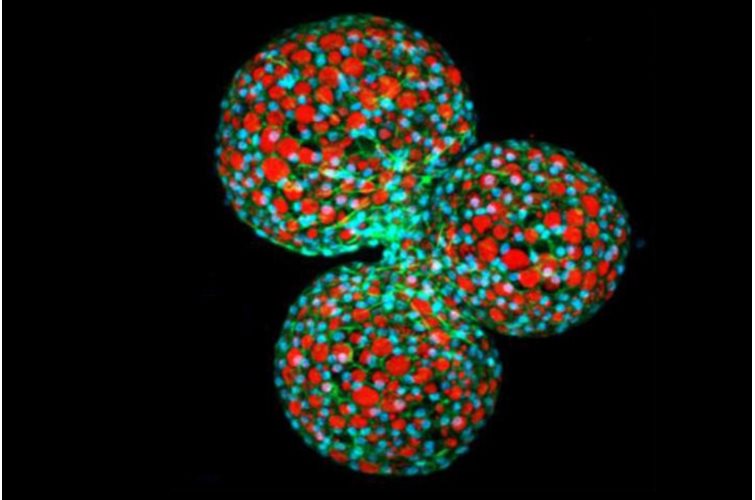
3Rs aims to reduce, refine and replace the use of animals in research. Matrigel and similar basement membrane extracts are widely used in cell culture as an extracellular scaffold support and also provide key matrix proteins. The sacrifice of mice to generate Matrigel is one of the biggest single uses of animals in research. A new method to culture mammary epithelial cell (MEC) organoids shows that Matrigel use can be dramatically reduced or even (at a cost) eliminated.

